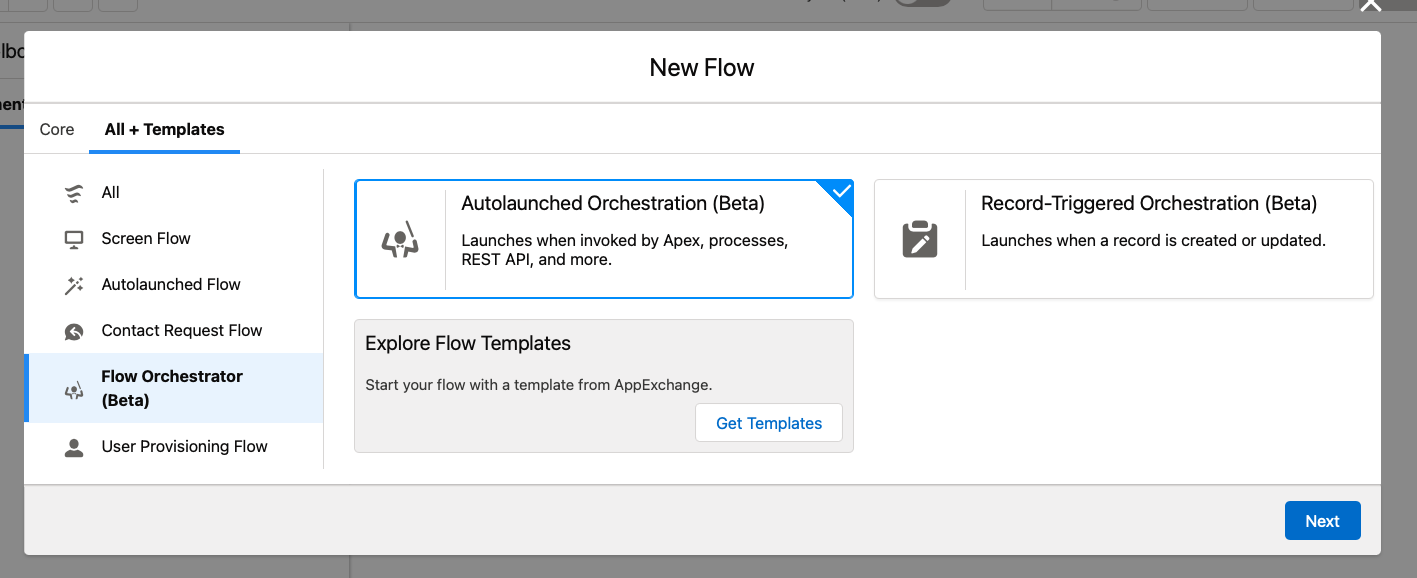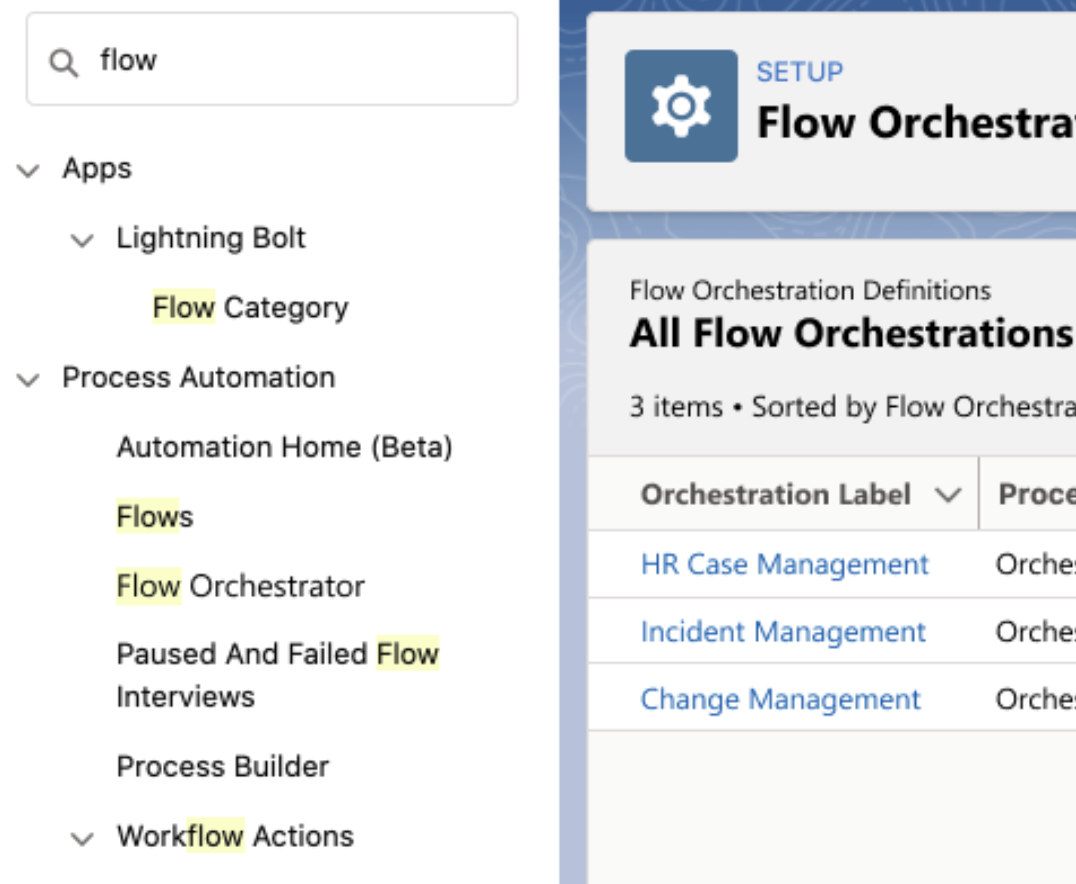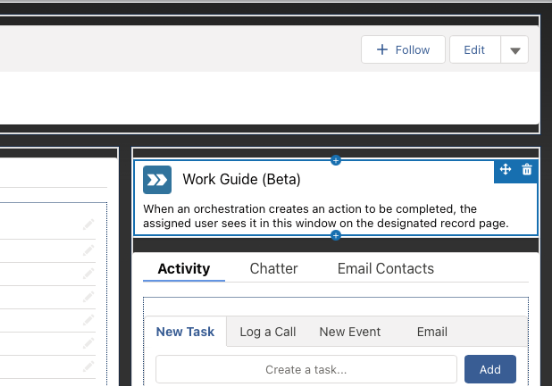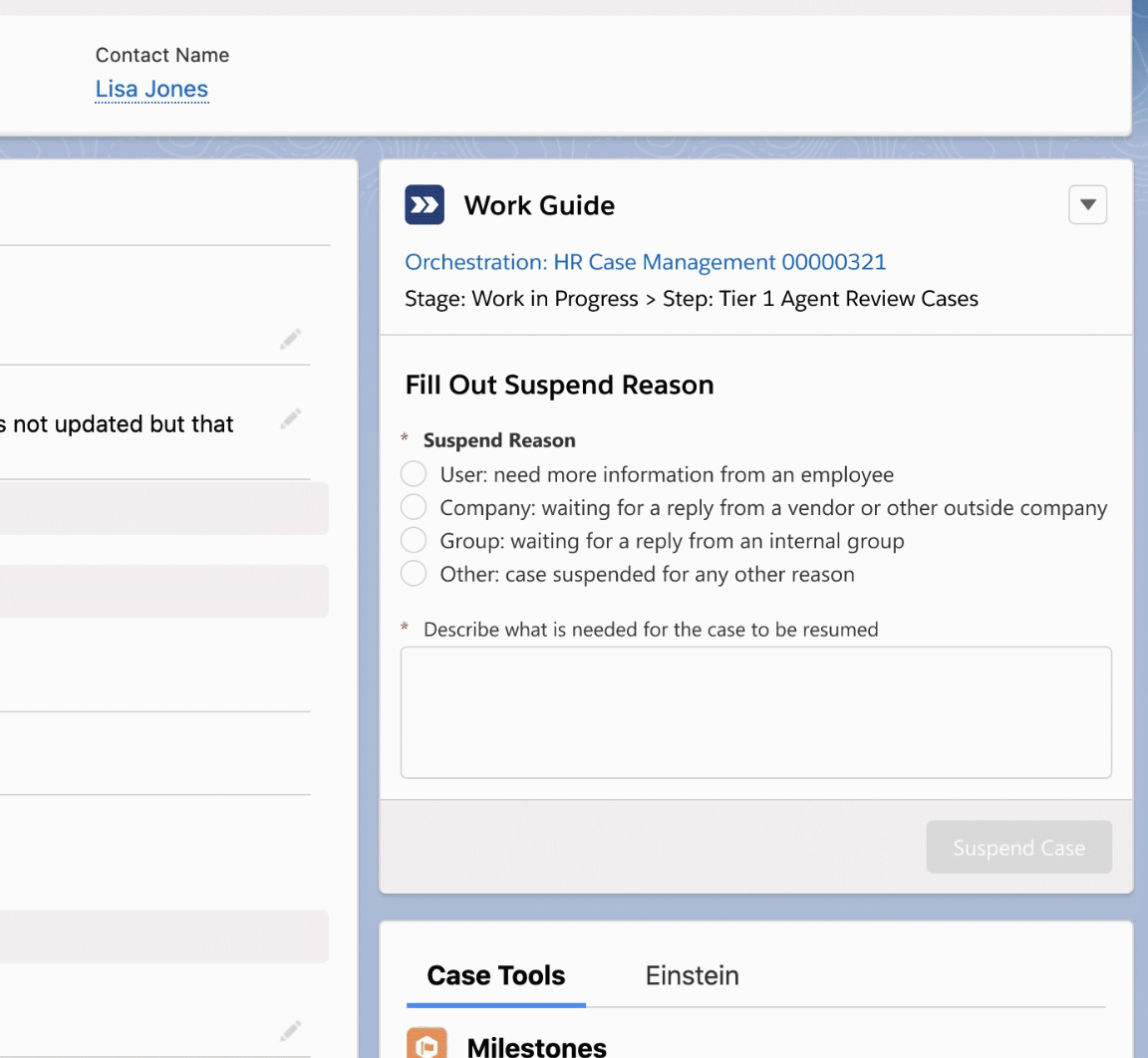There are many new features that Salesforce Admins will be able to use in the Winter ’22 release, including enhancements to our beloved Flow Builder. One that I don’t think we’ve spoken about too much is a new beta feature: Salesforce Flow Orchestrator.
So, let’s take a look…
What is Flow Orchestrator?
Salesforce Flow Orchestrator is a new Flow functionality that allows admins to string a number of flows and business processes together across multiple people. Rather than rebuilding your existing flows to support the new feature, Flow Orchestrator has been built with your existing flows in mind and allows you to use them in any new orchestration.
Salesforce defines the Flow Orchestrator as a tool that allows you to orchestrate multi-user, multi-step, and multi-stage Flows. What this means is that admins are able to create a string of automations that may need to be assigned to different people for action along the way.
Where Can I Find Flow Orchestrator?
To create a new Flow Orchestration, you’ll need to head over to the All + Templates section of the New Flow page. From here, you’ll see a Flow Orchestrator section with an Auto-launched Orchestration (Beta) and Record-Triggered Orchestration (Beta). At the moment, these are the only two ways to launch a Flow Orchestration.
You can also find Flow Orchestrator within its own Setup menu – rather than clicking on Flows, you’ll see there’s another menu called Flow Orchestrator (only available for some orgs currently, so don’t worry if you don’t see it!).
How Can I Use Flow Orchestrator?
Creating a new Flow Orchestration is a very familiar process (using the templates in the menus above). To begin adding functionality to it, however, you’ll need to learn a few new concepts: Stages and Steps.
- Stages: A Stage is one or more Steps, grouped together, and executed sequentially.
- Steps: A Step will define which Flow or Flows you would like to run, who is assigned to the step, notifications, and where the Flow should appear. Steps can run after each other or in parallel.
In the screenshot above, you’ll see that there are a number of blue arrows with titles under them (Awaiting Approval, Ready, Closed Complete).
These are called Stages, and are sets of individual Steps that can be completed either in parallel or sequence, depending on what is required for that particular business process.
While setting up each Stage, you’ll need to set the Exit Conditions to either be when all Steps are completed, or when a specific auto-launched flow returns a TRUE value.
Using Decisions in Flow Orchestrator
It’s worth noting that you can configure the logic between Stages using Decisions, where you may want to skip specific steps depending on criteria.
For example, let’s say you’re creating a New Employee Flow Orchestration, and you want to add a section for Laptop Setup, but ONLY for contacts that should receive a laptop, you can put a filter for the Laptop Setup Stage to be bypassed when a Requires Laptop checkbox isn’t ticked.
Configuring Steps
Once the Stage has been completed, you can configure individual Steps. Steps are similar to Subflows (which is likely why we saw the ability to call a Subflow from a record-triggered flow in Winter ‘22 as well), but there are a few key points of differentiation – the key one being how screen flows are displayed to the user, and just WHO that user is.
Steps can be configured to run after another Step, when the Stage starts (ie. all Steps under a Stage with this option selected will run together), or when a specific Flow returns TRUE (similar to the Stage Exit Condition above)
Usually, when a screen flow is created, it must be run manually by a user. You can’t have a triggered or auto-launched screen flow… or at least, you couldn’t until now. Screen flows can be called through a record-triggered Flow Orchestration and added to what is known as the ‘Work Guide’ on each record page. When a record meets criteria and specific people need to take action through a flow, they can see it in the Work Guide Component. More on that later.
When constructing a Step, you need to select the flow (screen flow or auto-launched flow), the record Id that the flow should be called from, and an assigned user (another HUGE benefit of Flow Orchestrator – you can set different Steps for different people. Pretty neat!).
Flow Orchestrator Work Guide
Once a User has been assigned a Screen Flow (ie. Interactive Step), they can access it by navigating to the Work Guide Component. You’ll need to add it onto the Lightning Page first, it’s called ‘Flow Orchestrator Work Guide’.
This is where users will be able to access the screen flows that have been assigned to them. Below is what this will look like for them:
When Should I Use Flow Orchestrator?
There are a number of different ways that Flow Orchestrator could be used to benefit businesses. A few examples would be a Service Delivery Orchestration (where multiple teams need to action various steps throughout a client delivery process in a specific order), a multi-person approval or escalation process where a record may need to be passed to different team members depending on the criteria it enters the Orchestration with, and of course, the example I’ve been using when discussing Flow Orchestrator with colleagues is a New Employee Orchestration.
This Orchestration is triggered when a contact’s Employee Start Date field is set, it will first be assigned to the HR Manager to confirm some additional information has been entered and is correct using an existing screen Flow. Once the HR Manager has confirmed the information, it will then be passed to the next person who needs to ensure they have a laptop and the relevant user accounts in Salesforce and other applications have been created prior to their start date. This goes on and on until the new employee has had all the relevant setup processes that surround their commencement at the business completed, and they’re ready to go!
Previously, this may have been driven by flows and a combination of email alerts, notifications, list views, reports, etc. that would let the relevant staff members know that they need to take action. The beauty of Flow Orchestrator is that this all sits within a single master flow now, so to speak, rather than spread out across multiple Salesforce tools.
Summary
Salesforce Flow Orchestrator is launching as a beta feature in Winter ‘22. It brings with it some incredible new capabilities for Salesforce Admins to make use of, and I’d recommend trying it out in a Sandbox/Preview org as soon as possible to see how it may benefit you and your org/s!
Multi-step processes across multiple users running automatically is an absolute game-changer, and the fact that Flow Orchestrator can utilize existing auto-launched flows and screen flows is bound to make it easier for admins!








Comments: